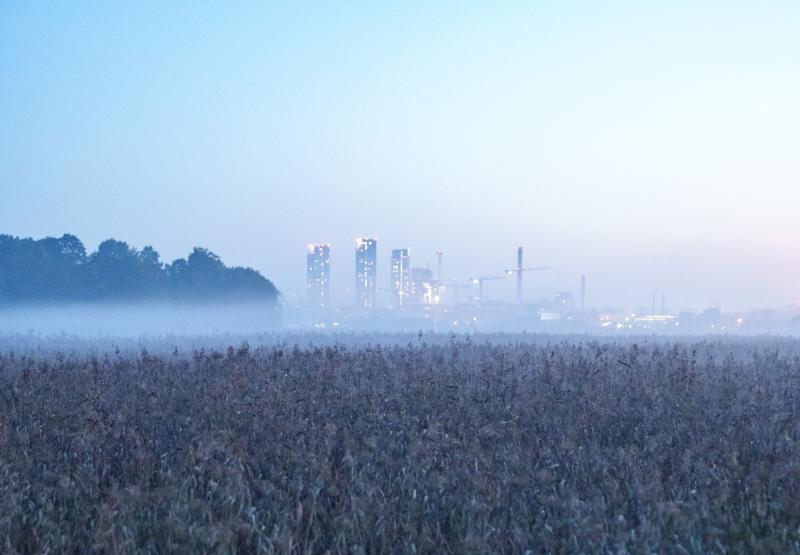Helsinki is home to a growing number of people
Old and new Helsinki residents need homes, services, recreational areas and functional transport connections. All of this requires planning, as presented in this review.
Your hometown, Helsinki, had almost 675,000 residents at the end of 2023. The COVID-19 years slowed down population growth, but the city’s population grew last year by more than 10,000 residents. The last time Helsinki’s population grew this much was in the 1960s, when the city’s large suburbs were completed.
Urbanisation is an international trend that continues also in Finland. The entire Helsinki region has approximately 1.5 million residents. Many people want to move to Helsinki, which means that new homes are also needed for the growing population.
Land use planning and other design steer the city’s growth. The previous Helsinki city plan in 2002 steered new construction, for example, to areas freed from port use in Jätkäsaari and Kalasatama.
Land no longer becomes available for new construction in the same way as before. The current city plan (2016) guides the development of Helsinki into a more densely built city that is growing around rail traffic hubs.
A large number of new apartments in Helsinki are created through infill development in residential areas around the city. The benefit of infill development is that the area and the necessary services and transport connections do not need to be built from scratch. The growing population is also likely to attract new services to the area.
Helsinki always plans large-scale traffic investments and land use together. Planning is currently focused especially on the Malminkenttä, Tuusulanväylä, Vihdintie and Laajasalo areas, as well as along the route of the light rail line 15 that started operating last year. Significant new rail connections have been built, are under construction or are planned for all of these areas.
Land use planning is more than just preparing for construction. The aim of planning is to promote a sustainable urban structure. Topical themes in urban planning include climate change mitigation and adaptation, the prevention of biodiversity loss and awareness of the importance of local nature. In addition to other planning, Helsinki develops its recreational areas and services, ecological networks and nature reserves.
Active land use planning also promotes business opportunities and the availability of jobs and services. For example, strengthening the vitality of central Helsinki is an important goal, and several projects are underway to support it.

